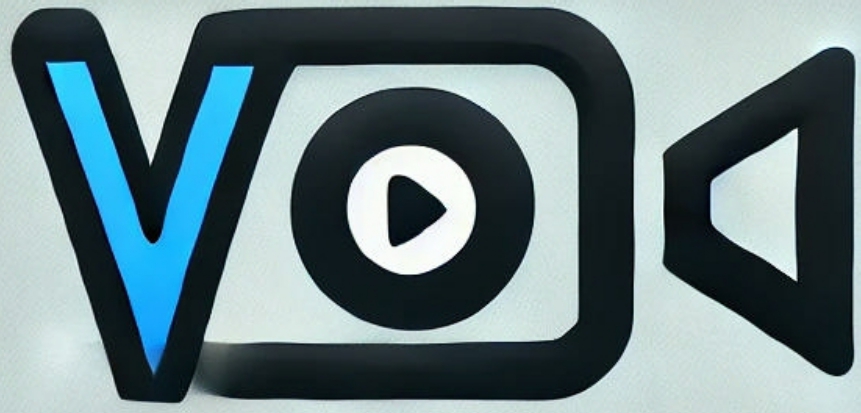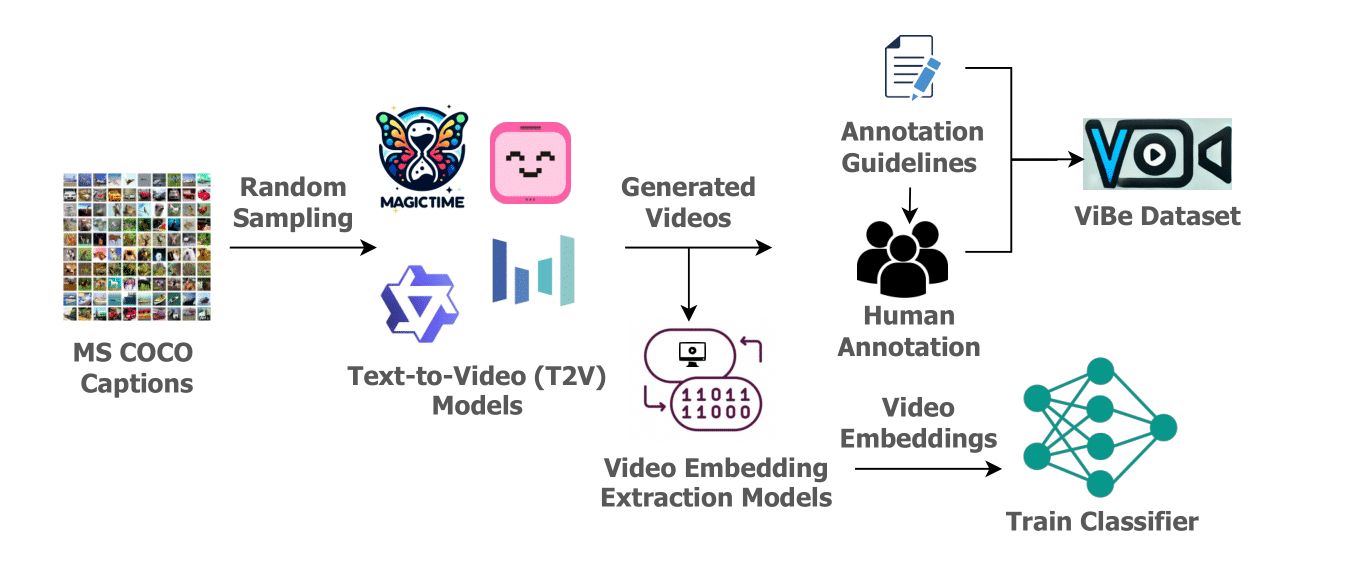 ViBe: A Text-to-Video Benchmark for Evaluating Hallucination in Large Multimodal Models
ViBe: A Text-to-Video Benchmark for Evaluating Hallucination in Large Multimodal Models
Vipula Rawte
1*
Sarthak Jain
2†
Aarush Sinha
3†
Garv Kaushik
4†
Aman Bansal
5†
Prathiksha Rumale Vishwanath
5†
Samyak Rajesh Jain
6
Aishwarya Naresh Reganti
7§
Vinija Jain
8§
Aman Chadha
9§
Amit P. Sheth
1
Amitava Das
1
 Dataset
Dataset
AI Institute, University of South Carolina, USA1
Guru Gobind Singh Indraprastha University, India2
Vellore Institute of Technology, India3
Indian Institute of Technology (BHU), India4
University of Massachusetts Amherst, USA5
University of California Santa Cruz, USA6
Amazon Web Services7
Meta8 Amazon GenAI9
* Corresponding Author
† Equal Contribution
§ Worked independent of the position
arXiv
Code
Guru Gobind Singh Indraprastha University, India2
Vellore Institute of Technology, India3
Indian Institute of Technology (BHU), India4
University of Massachusetts Amherst, USA5
University of California Santa Cruz, USA6
Amazon Web Services7
Meta8 Amazon GenAI9
* Corresponding Author
† Equal Contribution
§ Worked independent of the position

